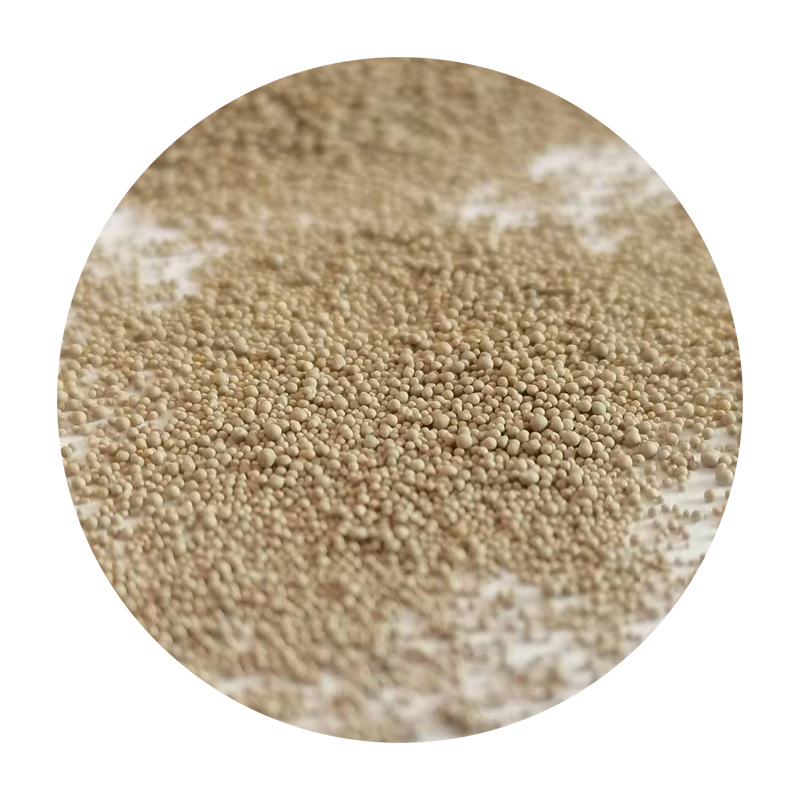Understanding Bauxite Sand Composition, Sources, and Applications
Bauxite sand is a naturally occurring material primarily composed of aluminum oxide minerals and a mixture of other elements such as silicon dioxide, iron oxides, titanium dioxide, and varying amounts of clay and organic matter. This unique composition makes bauxite sand not only significant in terms of aluminum production but also critical for various industrial applications.
One of the most notable features of bauxite sand is its significance as the primary raw material for extracting aluminum. Bauxite is mined in several regions around the world, including Australia, China, Brazil, and Guinea, among others. The extraction of aluminum from bauxite involves a two-step process the Bayer process and the Hall-Héroult process. The Bayer process involves crushing and grinding the bauxite ore, mixing it with caustic soda, and then refining it to produce alumina, from which aluminum metal is eventually extracted.
In addition to its role in aluminum production, bauxite sand has diverse applications across various industries
. For instance, it can be used in the production of abrasives, where its hardness and durability make it suitable for grinding and polishing surfaces. The ceramic industry also benefits from bauxite sand, as it can be mixed with other materials to produce high-quality ceramics, tiles, and refractory products.bauxite sand

Moreover, bauxite sand is sometimes utilized in the manufacturing of cement and as an additive in some building materials. Its properties can enhance the strength and durability of these products, making it a valuable component in construction applications. The use of bauxite in road construction, particularly in asphalt, is also noteworthy, as it can contribute to improved durability and reduced wear.
The environmental aspect of bauxite sand extraction and processing cannot be overlooked. Mining activities can lead to land degradation, deforestation, and the displacement of local communities. There is a growing emphasis on sustainable mining practices to minimize the ecological footprint of bauxite production. This includes rehabilitating mined land, conserving biodiversity, and reducing greenhouse gas emissions associated with transportation and processing.
Furthermore, research and innovation in using bauxite sand as a sustainable alternative in various applications continue to emerge. Its potential for use in advanced technologies, such as energy storage and catalysts, is being explored. These developments are crucial as industries seek to reduce their reliance on traditional materials and move towards more sustainable practices.
In conclusion, bauxite sand plays an essential role not only in aluminum production but also across a multitude of industries, including ceramics, abrasives, and construction materials. As the demand for aluminum and other applications continues to rise, it is vital to approach bauxite sand extraction and use responsibly, ensuring environmental preservation and social equity. Embracing sustainable practices will ensure that we can harness the benefits of bauxite sand while protecting our planet for future generations.
Post time:ก.ย. . 22, 2024 09:22
Next:3d printing sand casting
